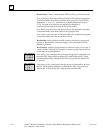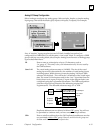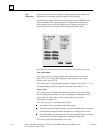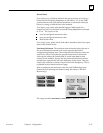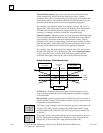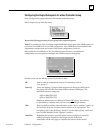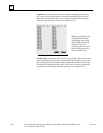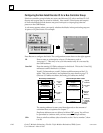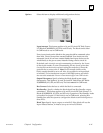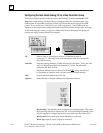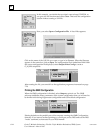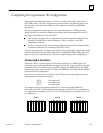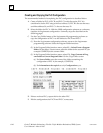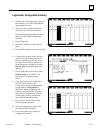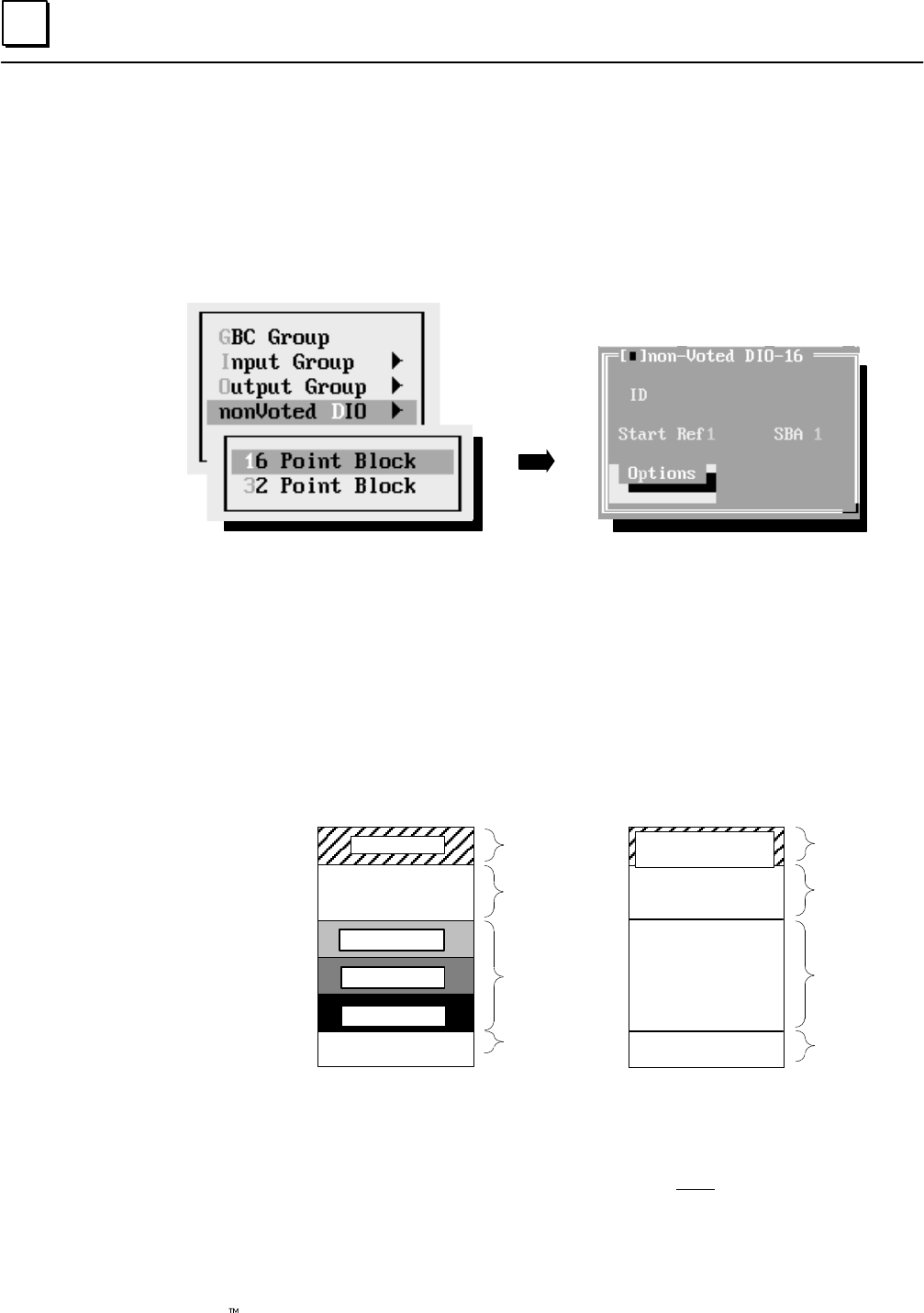
6
6-40 Genius Modular Redundancy Flexible Triple Modular Redundant (TMR) System
User’s Manual – March 1995
GFK-0787B
Configuring the Non-Voted Discrete I/O for a Bus Controller Group
If the bus controller group includes any non-voted discrete I/O, select nonVoted D I/O.
(Inputs and outputs may be mixed on a block.) Non-voted I/O are inputs and outputs
on individual blocks (blocks that are not part of an input or output group) that are
present on the GMR busses.
A sub-menu appears where you specify whether the blocks in that particular group are
16-point or 32-point blocks. For example:
Press Return to configure the block. The configuration screen shown at the right appears.
Enter a name or a description of up to 12 characters, such as
“nonvoted 1”. This entry is for your information only. It is not used by
the GMR software.
Enter the starting I/O Table reference for the block. This is the %I and %Q
addresses used for the block’s I/O data.
Voted I/O data and non-voted I/O data use different areas of the I/O
tables. This is shown below, and explained in more detail on page 7-5.
(Discrete I/O tables are shown; the analog I/O tables are similar).
Discrete Input Table
Voted Inputs
Available for
non-voted Inputs
Bus A inputs
Bus B inputs
Bus C inputs
Reserved inputs
Discrete Output Table
Logical Redundant
Outputs
Available for
non-voted Outputs
Physical Redundant
Outputs
Reserved memory
%I0001
%I1024 or %I12288 %Q1024 or
%Q12288
%Q0001
non-voted
I/O
Inputs to
PLC
Bus A, B, C
Inputs
Reserved
non-voted
I/O
Outputs
from PLC
Reserved
Output
Memory
Reserved,
Outputs
to Blocks
The starting address for non-voted data depends on the amount of
redundant data, as explained in chapter 7.
Duplicate addresses are not allowed within a GBC group. You will not
be permitted to continue until you have entered a unique address.
Enter a serial bus address (also referred to as the “device number”) from
0 to 28.
ID
Start Ref
SBA



